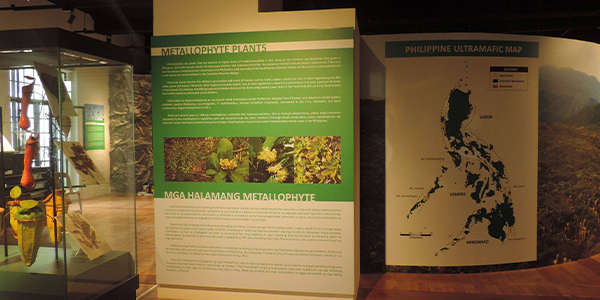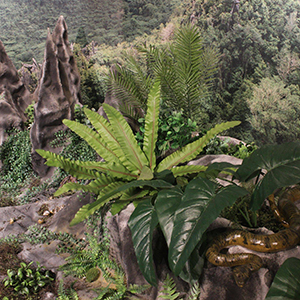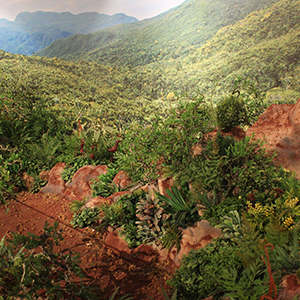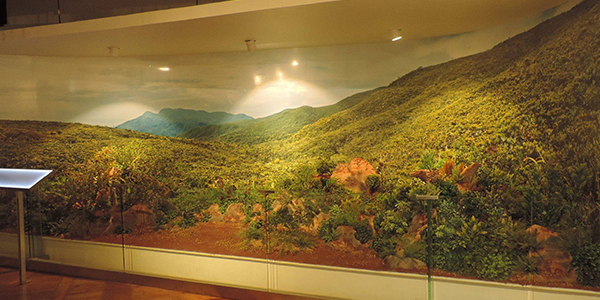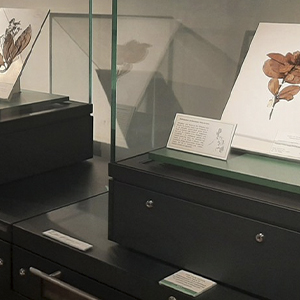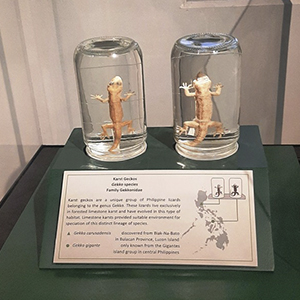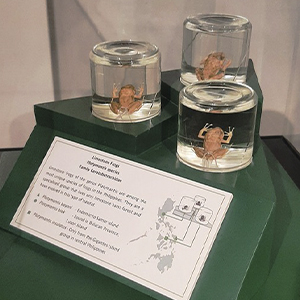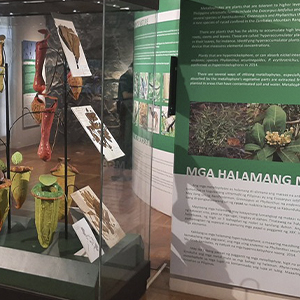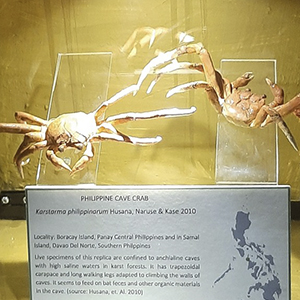| ‹ | Ultramafic and Limestone Karst Forest |
› |
|---|
The Ultramafic and Limestone Karst Forests Gallery at the National Museum of Natural History offers a fascinating exploration of the two distinctive forest types found in the Philippines. This gallery delves into how the country's unique geological formations have shaped the extraordinary flora and fauna that inhabit these forests. Visitors are treated to a captivating display of metallophytes and carnivorous plants that have adapted to the iron-rich and nutrient-deficient ultramafic soil. Notably, the gallery showcases the intriguing "bonsai" trees and other small species that comprise the pygmy forest, a remarkable natural phenomenon.
The gallery also highlights the exceptional diversity of fauna found in the ultramafic and limestone karst forests. Visitors have the opportunity to witness the extraordinary array of animal species that thrive in these specialized ecosystems. From rare and endemic birds to unique reptiles and mammals, the exhibition showcases the rich biodiversity that calls these forests home. The display serves as a reminder of the importance of preserving these habitats and the need for conservation efforts to safeguard the unique flora and fauna found within them.
Moreover, the gallery emphasizes the significant role that geological factors play in shaping the ecological characteristics of the Philippines. The geological formations of ultramafic and limestone karst forests create distinctive environmental conditions that contribute to the development of specialized plant and animal communities. By showcasing these unique ecosystems, the exhibition provides valuable insights into the interconnectedness of geology, biodiversity, and conservation.
